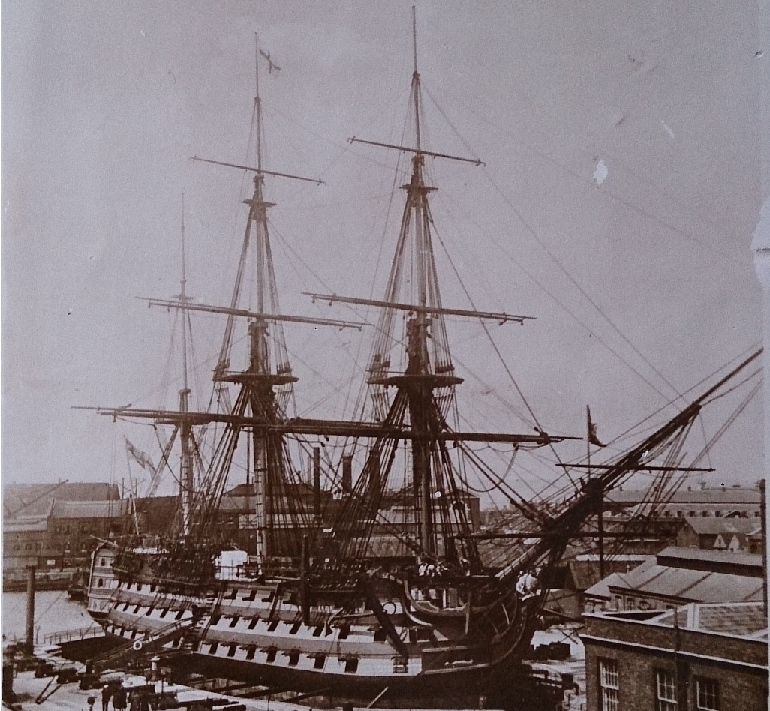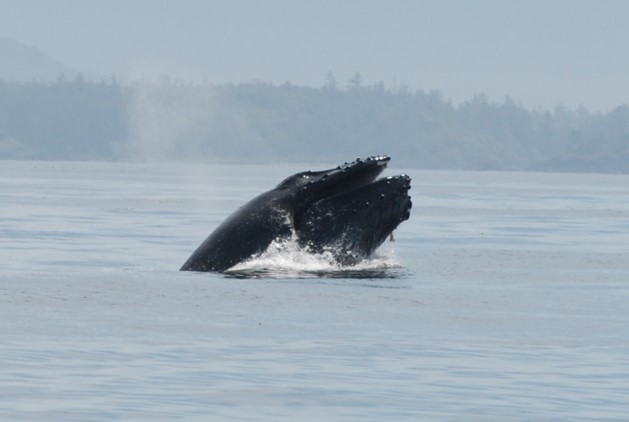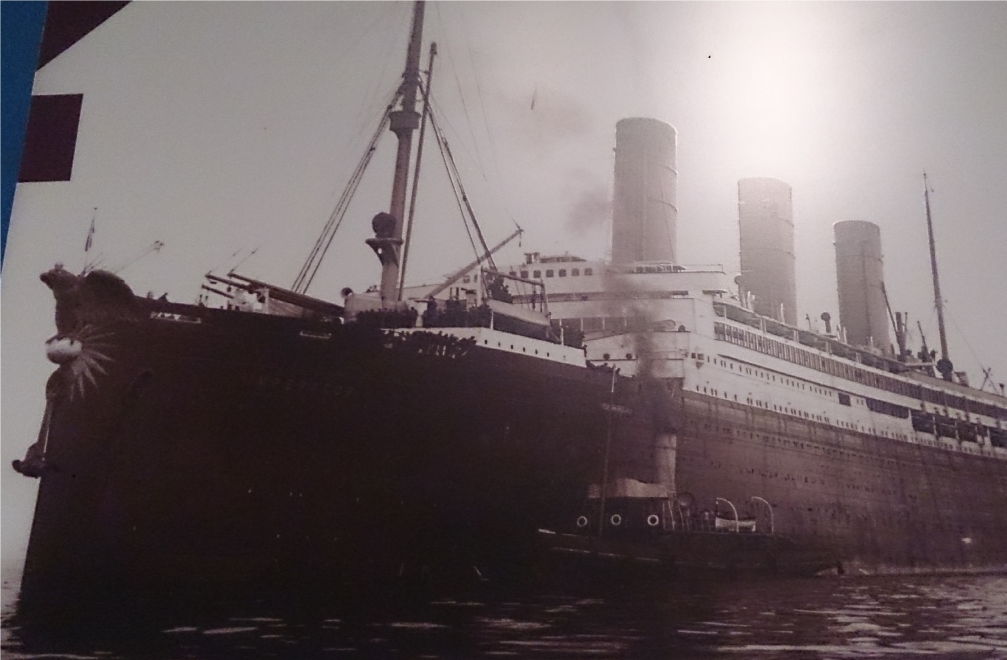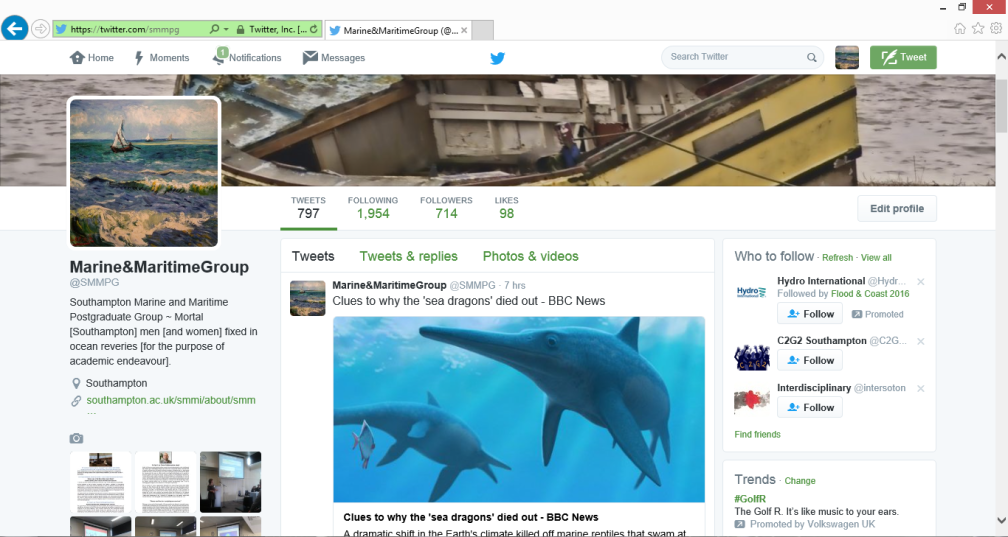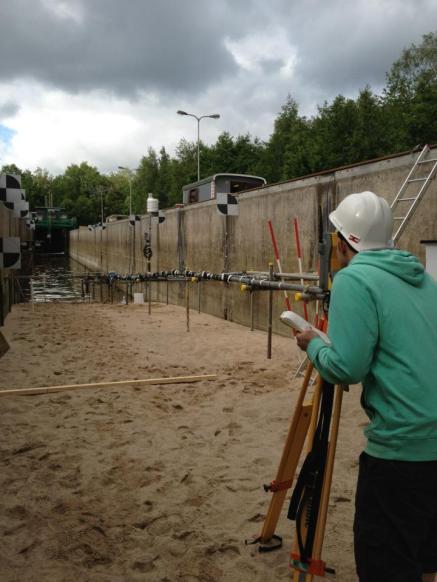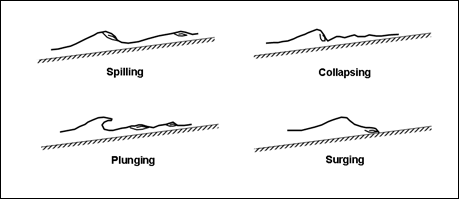This week, Kirsty took us through the role of Medieval women in terms of lineage, as well as their depiction in contemporary literature. During this era, women were subject to patriarchal control, and so their representation in literature is an important avenue of research.
Kirsty has particular interest in the relationship women seem to have with water. The first character that was discussed is that of Melusine, a Medieval woman from folklore who is often depicted as a serpent or fish.
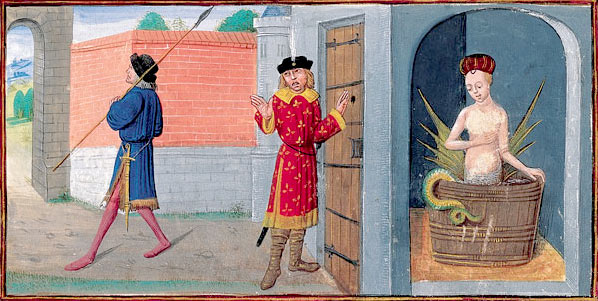
Throughout the story of Melusine, the daughter of a human father and a fairy mother. It is often eluded that she too has fairy powers; for example, she leads her sisters in the revenge against their father by locking him in a mountain. As punishment, when she is married she cannot see her husband on Sundays, which is when she would transform into something Other than human (generally thought to be a mermaid). Further evidence of her possible fairy heritage is seen in the strange deformities eight of her ten sons have, although this could also be a part of her punishment.
Eventually, Melusine’s husband breaks his vow and spies on her during her enchanted bath on a Sunday, which causes her to transform into a dragon. However, the role of Melusine as mother is never diminished and is in fact entirely separate to her transformation, as each evening she returns to nurse her infant sons.
The second character that Kirsty discussed with us was the Lady of the Lake, who first appears in the Lancelot Grail.
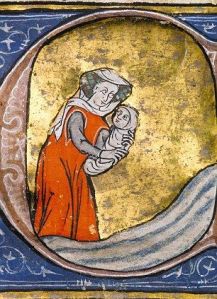
While Lancelot’s mother was fleeing from their besieged castle she is so consumed with grief at the death of her husband that she leaves Lancelot to die. It is here that the Lady of the Lake takes Lancelot from his mother and raises him, nurturing him as if he were her own.
The Lady of the Lake is perhaps more famous for giving Excalibur to King Arthur, therefore making his power one highly connected to water. The Lady of the Lake even acts as a foil to Morgan le Fay, thwarting her attempts to disrupt Arthur.
Like Melusine, it is suggested that the Lady of the Lake has a fairy heritage that allows her to live under the water or that the lake is actually a glamour to conceal her actual home; either way, her connects to magic and the lake are very strong.
